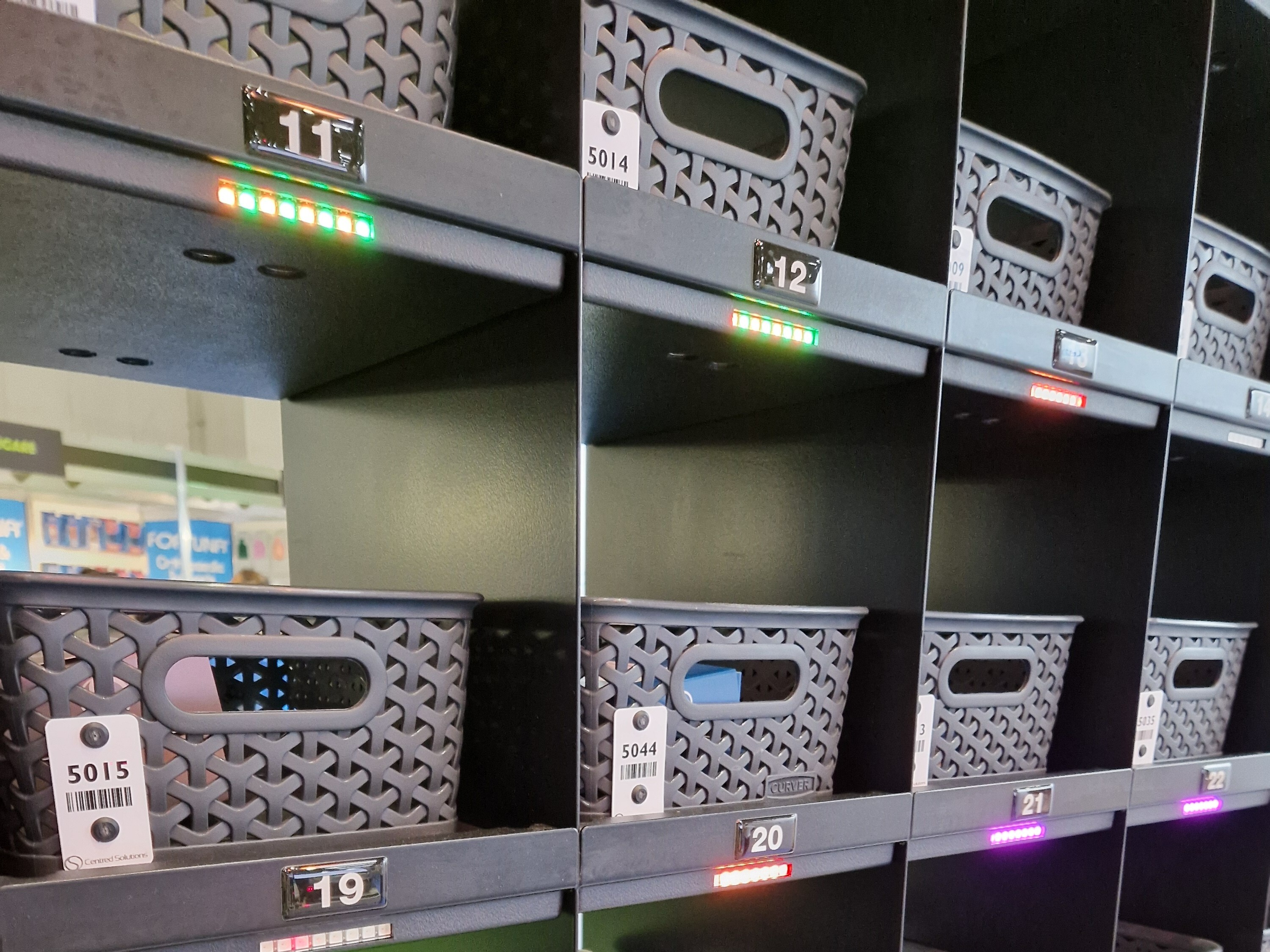NHS England and the Government recently published its NHS Long Term Workforce Plan. Community Pharmacy was included in the plan but it had been assessed separately given its unique circumstances. So what does the plan actually mean for those working in community pharmacy who are already struggling with workforce challenges? Will the recommendations in the plan actually solve anything? Centred Solutions Head of Marketing and Communications, Shelley Dyer, takes a look.
Community pharmacy is facing a workforce crisis. There are real issues with the recruitment and retention of pharmacists and skilled pharmacy staff across the country. In fact the problem is so serious that two years ago pharmacists were added to the Government’s shortage occupation list for healthcare visas. According to the Company Chemist Association there is a shortfall of over 3,000 community pharmacists in England with vacancy rates more than doubling between 2017 and 2021.
The cause of the pharmacy workforce challenge is multi-faceted. Pharmacy kept their doors open to everyone during the Covid-19 pandemic. This raised their profile and cemented their place as the front door to the NHS. This led to increased patient demand, but this, coupled with a lack of adequate funding, has taken its toll on pharmacy teams’ mental health with many struggling with burnout or stress. This situation has only been exacerbated by the decision to recruit pharmacists into primary care networks (PCNs), with many pharmacists taking the decision to make the move from the high street to GP surgeries, leaving a huge gap in the workforce. As of June last year there were 3,284 full time equivalent pharmacists working for PCNs with employment costs and salary fully reimbursed to PCNs under the additional roles reimbursement scheme (ARRS).
In April this year the Hewitt Review highlighted the impact of ARRS on the community pharmacy sector:
“Contracts with national requirements can have unintended consequences when applied to particular circumstances. For instance, the national requirements and funding of Additional Roles Reimbursement Scheme (ARRS) roles for community pharmacists within PCNs, has on occasion exacerbated the problem of a general shortage of pharmacists, with some now preferring to work within primary care rather than remain in community pharmacies or acute hospitals, compounding the problem of community pharmacy closures and delayed discharges.”
The newly published NHS Long Term Workforce Plan recognises the shortage within the pharmacy workforce and on the surface it looks to suggest ways to address the shortage. For example it says education and training places for pharmacists are estimated to need to grow by between 31% and 55% to meet the demand for pharmacy services, reaching between 4,359 and 5,174 places by 2032/33. It says to support this level of growth it will expand training places by 29% to 4,300 by 2028/2029. There are also plans to grow the pharmacy technician workforce. Consideration is also being given to expanding training via an apprenticeship route for pharmacist technicians and pharmacists degree apprenticeship.
The plan provides a commitment to ensure all newly qualified pharmacists are independent prescribers which, at first glance, looks to create a level playing field between community pharmacy and PCNs. However, dig deeper into the workforce plan and you’ll soon find that NHS England is looking to extend the controversial ARRS to hire pharmacists and other staff into GP practices. It sets out a plan to increase the number of non-GP direct patient staff by around 15,000 by 2036/37 but said any “expansion would be carefully managed taking into account additional training of pharmacists to ensure the growth in workforce is sustainable.”
Even without the expansion of ARRS, the plan’s intention to address the pharmacy workforce challenge by increasing the number of training places is not a quick fix. The initial growth in training places will start in 2026/27 with a 15% increase but with it taking a minimum of five years to qualify as a pharmacist it will be 2031/32 before we see the impact of this increase.
So how do pharmacies address the serious workforce challenges within branches today? There is only one relatively quick solution and that’s technology. The report acknowledges this:
“Hub and spoke models and automated dispensing will reduce the time pharmacists, pharmacy technicians and dispensers spend on direct medicines supply. Modelling estimates that hub and spoke dispensing will increase 2% a year, which will release capacity across the community pharmacy workforce to support a greater focus on delivering clinical services.”
It’s important that pharmacists don’t get too hung up on the phrase hub and spoke. There is actually a range of automation that will automate the original pack dispensing process to free up time in branch. Technology exists that automates various elements of the dispensing process including picking, labelling, sorting and bagging. Using all of these solutions together will allow pharmacies to process up to 1,500 packs per hour. Doubling the solutions used can increase the output even further. Alternatively, just using some of the elements allows for the processing of up to 360 packs per hour. There is also the option to simply start the automation journey by receiving batch picked patient specific flow totes directly for a wholesaler or warehouse.
Critics might say that there is little evidence to show that hub and spoke or automation frees up pharmacist’s time but over the last 12 months, at Centred Solutions we have been working hard to understand the benefits. We’d encourage you to take a look at our findings so far on the Case Study and Testimonial page of our website.





